From Apple history, through the likes of Steve Jobs and Jony Ive, and on to specifics insight about design, marketing, and the Mac, here are the absolute best books to read while you're stuck at home.
You would be forgiven for ignoring books and ebooks about Apple. The instant that the new MacBook Air came out, for instance, so did books about it, and none have more information than you'd learn in a fraction of the time from reading AppleInsider. However, over its long history, Apple has become the topic of many superb books — and now does seem like a good time to get into them.
Whether it's about the complicated history of the company, the diverse backgrounds of its key people, or an insight into the industry, here are our recommendations for great books to read.
Books about the company
- Apple Confidential 2.0 by Owen W. Linzmayer, 2004
- Revolution in the Valley by Andy Hertzfeld, 2011
- Creative Selection: Inside Apple's Design Process During the Golden Age of Steve Jobs by Ken Kocienda, 2019
- Insanely Simple by Ken Segall, 2012
- The Cult of Mac, second edition, by Leander Kahney, 2019
You do have to go back a ways to find the best books that cover Apple in general. "Apple Confidential 2.0" by Owen W. Linzmayer dates from 2004 so it doesn't even come close to mentioning the iPhone, yet it is an exhaustively researched account of Apple up to that time.
It's also a very good read, so even as we might hope for a 3.0 update, this is one of our heartiest recommendations. Although for even more detail of an even more precise time early on in Apple's existence, there is also "Revolution in the Valley" by Andy Hertzfeld.
That's a tough one to beat because Hertzfeld didn't just write about the early days of Apple, he was there. This book takes you deep inside what it must've been like during the design and development of the Macintosh. It's a bitty read, though, being made up of very many extremely short chapters, so it will often leave you wanting more.
There is a much more recent book about design and development at Apple, though. Ken Kocienda's "Creative Selection: Inside Apple's Design Process During the Golden Age of Steve Jobs," is at times as slightly stilted a read as its own title suggests, but it's also absorbing.
You get a feeling for the depth of care that went into, for instance, the keyboard on an iPhone. If that sounds trivial, you need to read this book. It's not possible to come away from this account of the difficulties and the pressures involved in just this single keyboard, and be blase about it.
Both Kocienda's and Hertzeld's books show the inside of Apple, and of course we're familiar with the outside of it, the view that the company itself wants to portray. That view and the efforts Apple puts into presenting a certain image is covered very well by Ken Segall's "Insanely Simple: The Obsession that Drives Apple's Success."
It's a book that is sometimes an excellent read in spite of itself, though. Segall is aiming at a business audience, and he's working to present a very particular theory about how companies need to focus. But it's as if he regularly forgets this as he's recounting some actually tremendously interesting anecdote, and then lurches back to the mission statement.
He also chiefly focuses on the key days of the Macintosh at Apple, but there's also one much more up to date title which doesn't exactly examine the company. Instead, it examines Apple's influence on us. "The Cult of Mac" by Leander Kahney, which had its second edition in late 2019, really looks at Mac and Apple addicts. Whether you like it or not, you're going to see yourself in this book.
The people of Apple
- Jony Ive: The Genius Behind Apple's Greatest Products by Leander Kahney, 2014
- Tim Cook: The Genius Who Took Apple to the Next Level by Leander Kahney, 2019
- Inside Steve's Brain: Business Lessons from Steve Jobs, the Man Who Saved Apple by Leander Kahney, 2010
- Small Fry by Lisa Brennan-Jobs, 2018
Kahney is also the author of three books about specific people within Apple. His best, in our opinion, is his 2014 book, "Jony Ive: The Genius Behind Apple's Greatest Products." It doesn't hurt that Ive is fascinating, but it should hurt that he didn't cooperate with Kahney's book. Yet as fact-laden as this is, it reads as engrossingly as a novel.
Tim Cook didn't cooperate with Kaheny for the 2019 follow up, "Tim Cook: The Genius Who Took Apple to the Next Level," but seemingly he did allow colleagues to speak to the author. The result isn't as satisfying a read as the Ive volume, but it is comprehensive and interesting.
Kahney did also do a book about Steve Jobs, called "Inside Steve's Brain: Business Lessons from Steve Jobs, the Man Who Saved Apple" in 2010. It's quite specifically a business book, but it is better written than the official Steve Jobs biography by Walter Isaacson.
As an AppleInsider reader, you will already know enough about Steve Jobs to find Isaacson's reporting irritating. Seemingly conscious of Jobs's reality distortion field, Isaacson rarely fails to follow up something the Apple co-founder said with contrary comments from others. But he then never once questions those others, so repeatedly you get Jobs saying one thing, Bill Gates disagreeing, and Gates being allowed to get away with comments you know are as self-servingly inaccurate as Steve Jobs could be.
If you're interested in particular views of Steve Jobs, though, there is also "Small Fry," the biography of his daughter, Lisa Brennan-Jobs. Although Jobs' wife, businesswomen Laureen Powell Jobs, and others have disputed her account.
Apple guide books
- The Ultimate Mac User Book by Tetiana Hanchar, 2020
- 60 Mac Tips volumes 1 and 2 by Brett Terpstra and David Sparks, from 2017
- macOS Catalina: The Missing Manual by David Pogue, 2019
You could also have a good time reading about how to get more from your Mac or iOS device. In which case, you really do need some guidance because there are very few sparkling gems amongst a sea of books that effectively rewrite Apple's own support documents.
Perhaps the most recent is "The Ultimate Mac User Book," written for the Setapp service by Tetiana Hanchar. While this does cover apps that are included in the Setapp service's collection, it's also a generally useful read that's comprehensive and enjoyable enough that anyone will find new details in it.
If you're an longtime iOS user just coming to the Mac, you could similarly check out "60 Mac Tips," volumes 1 and 2, by Brett Terpstra and David Sparks. Both volumes are a mixture of text and video guides which, again, have nuggets even the most experienced Mac users won't know.
For the greatest deep-dive into the Mac or any other Apple topic, though, there is "The Missing Manual" range, run by David Pogue. Truly, we once slogged through a highly recommended book about FileMaker Pro and wanted to give up using the software. We tried "FileMaker Pro: The Missing Manual," and became die-hard fans of the software, and of the range of books.
Pogue's most recent book in the series is particular useful at the moment if you're just getting used to a brand-new Mac that you've bought because of having to work from home. We would not be surprised if Apple itself has a few copies of his "macOS Catalina: The Missing Manual."
Reading around the industry
- Creativity, Inc.: Overcoming the Unseen Forces That Stand in the Way of True Inspiration by Ed Catmull and Amy Wallace, 2014
- Losing the Signal by Jacquie McNish and Sean Silcoff, 2016
Apple does not work in a vacuum, though, neither in terms of its technology nor of its fabled concentration on quality and detail. If you're interested in the wider background, there are two enormously different titles that we would particularly recommend.
One is "Creativity, Inc.: Overcoming the Unseen Forces That Stand in the Way of True Inspiration," by by Ed Catmull and Amy Wallace. It's about Pixar, and does cover how Steve Jobs bought the company. Plus the stories of him are particularly interesting, but it's also one of those books that will inspire you.
Whereas "Losing the Signal," by Jacquie McNish and Sean Silcoff, is more of a warning. It's the story of how Blackberry became the incredible success it was — and how the iPhone destroyed it.
The topics in each of these books are what first make them worth checking out, especially when you are now having to self-isolate at home. But in each case, it also the way that they are written that makes us recommend them.
Each one of these is not only taking a particularly interesting angle, or bringing us a particular insight, but they're also doing so in such way that they are totally absorbing. So when you have to step away from news about the coronavirus, when you have to take a break from politics, and even when you must stop wondering if Apple will ever bring out a new iPhone SE, this is what you should be reading.
Keep up with AppleInsider by downloading the AppleInsider app for iOS, and follow us on YouTube, Twitter @appleinsider and Facebook for live, late-breaking coverage. You can also check out our official Instagram account for exclusive photos.
 William Gallagher
William Gallagher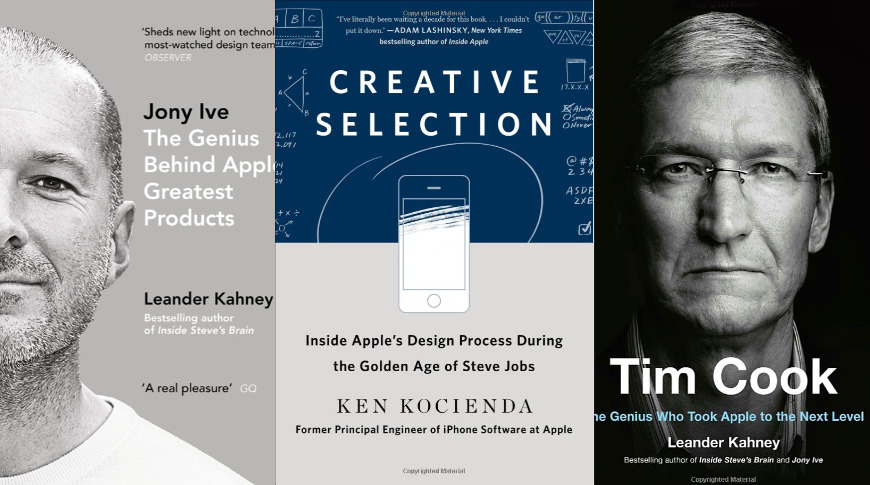
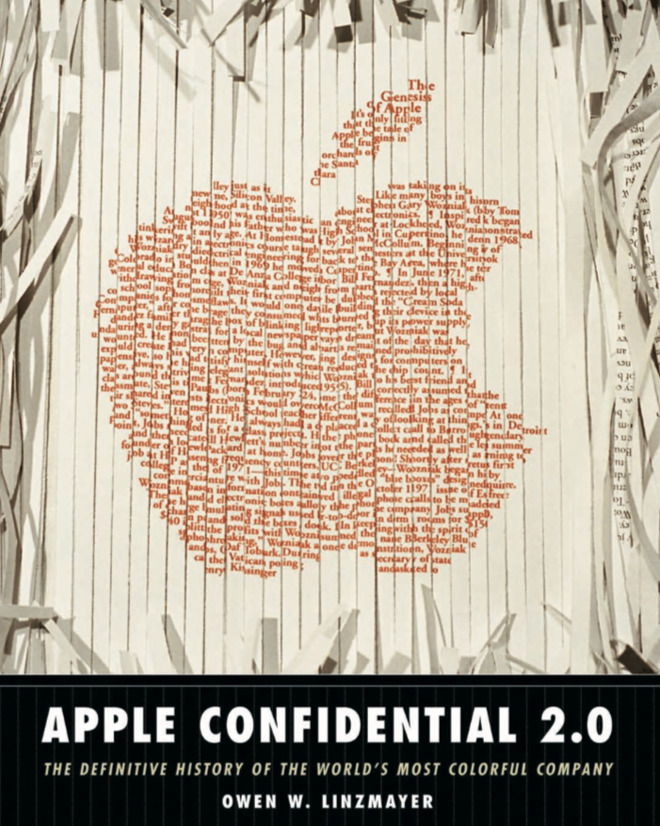
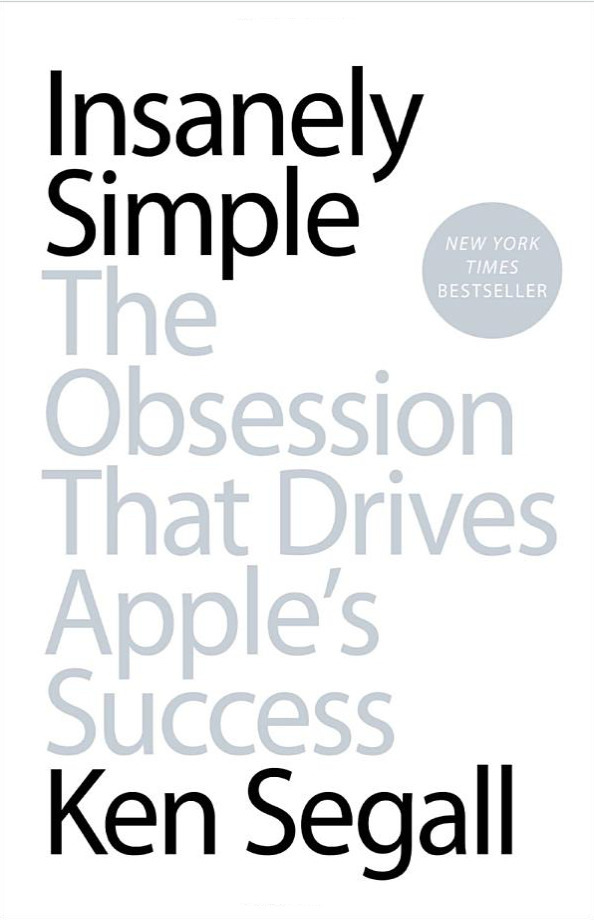

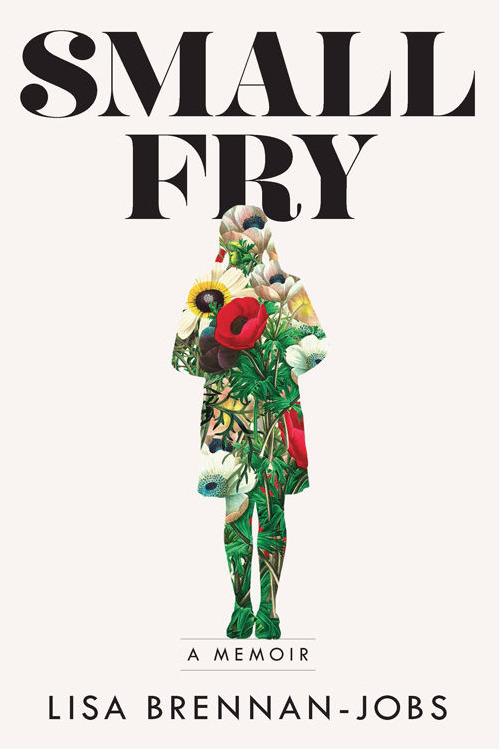







-m.jpg)






 Malcolm Owen
Malcolm Owen
 Amber Neely
Amber Neely

 Wesley Hilliard
Wesley Hilliard
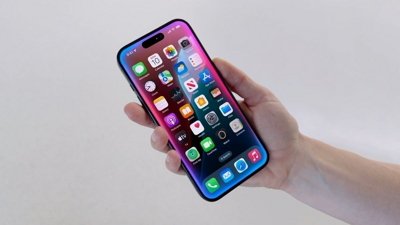
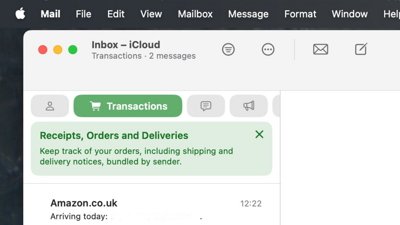











11 Comments
It's a shame that On the Firing Line has been out of print for so long. Gil Amelio does come off as though he's trying to save himself from (some well-earned) criticism and (if I remember correctly) he has some pretty harsh words insinuating that he was involved in a planned coup, but it's still a fascinating read on what Apple was like during the last few years of its downward spiral.
There are used copies floating around. I bought mine at Costco when it was released 22 years ago. I wish I still had my copy. It would be fun to read it now in retrospect.
I'd recommend "Becoming Steve Jobs" (Becoming Steve Jobs: The Evolution of a Reckless Upstart into a Visionary Leader) by Brent Schlender and Rick Tetzeli as well. It's a much more engrossing read than the official biography and has nice details about Steve's NeXT phase.
Colossus: The Secrets of Bletchley Park's Codebreaking Computers
A very interesting list and description. Thank you for compiling this. And yes, I’ve needed to step away from news about the corona virus and politics (and the politics of the corona virus) for a couple of months now!
A question: why are the links to the e-books all to Amazon when many if not all of these books are available from the Apple Book store?